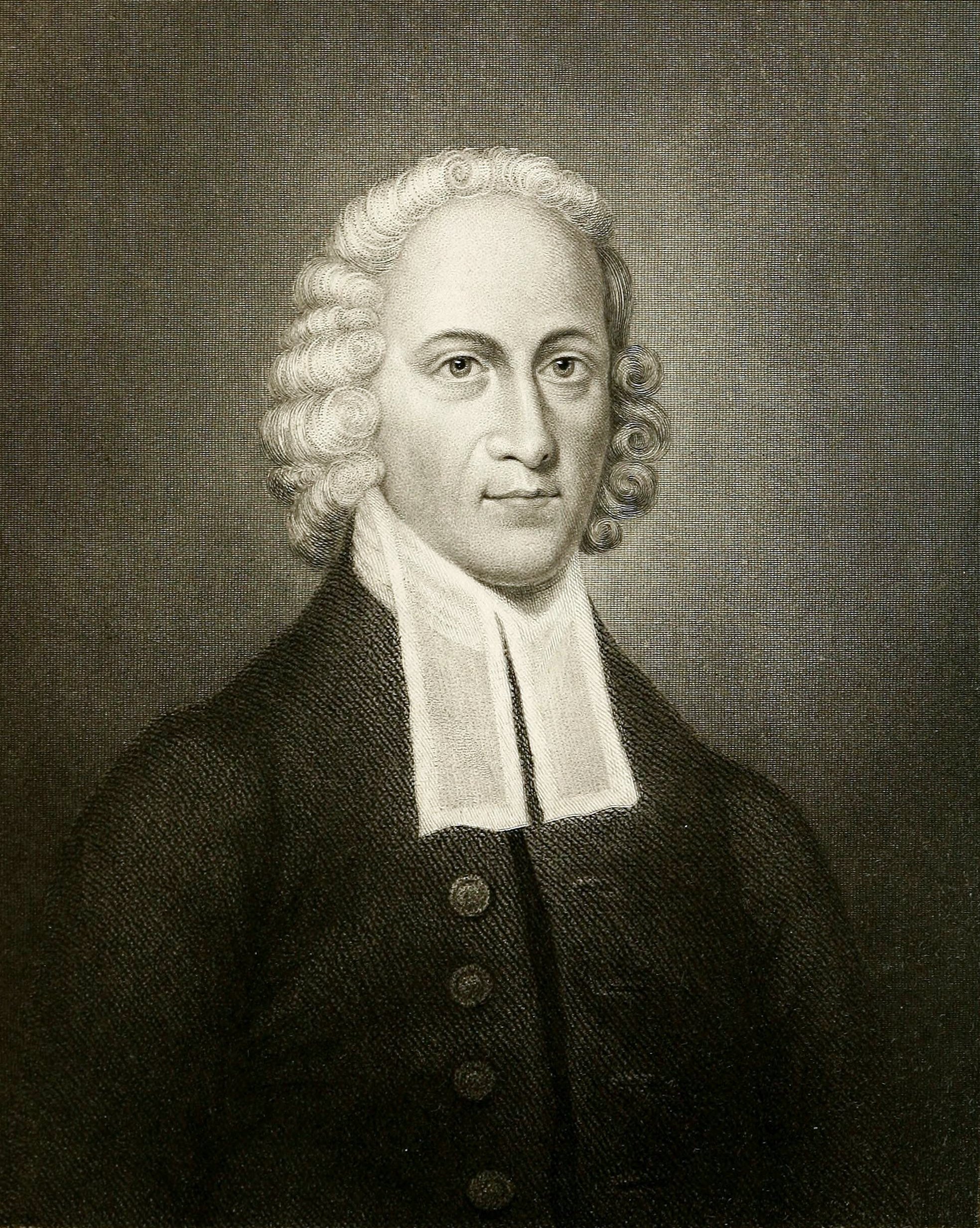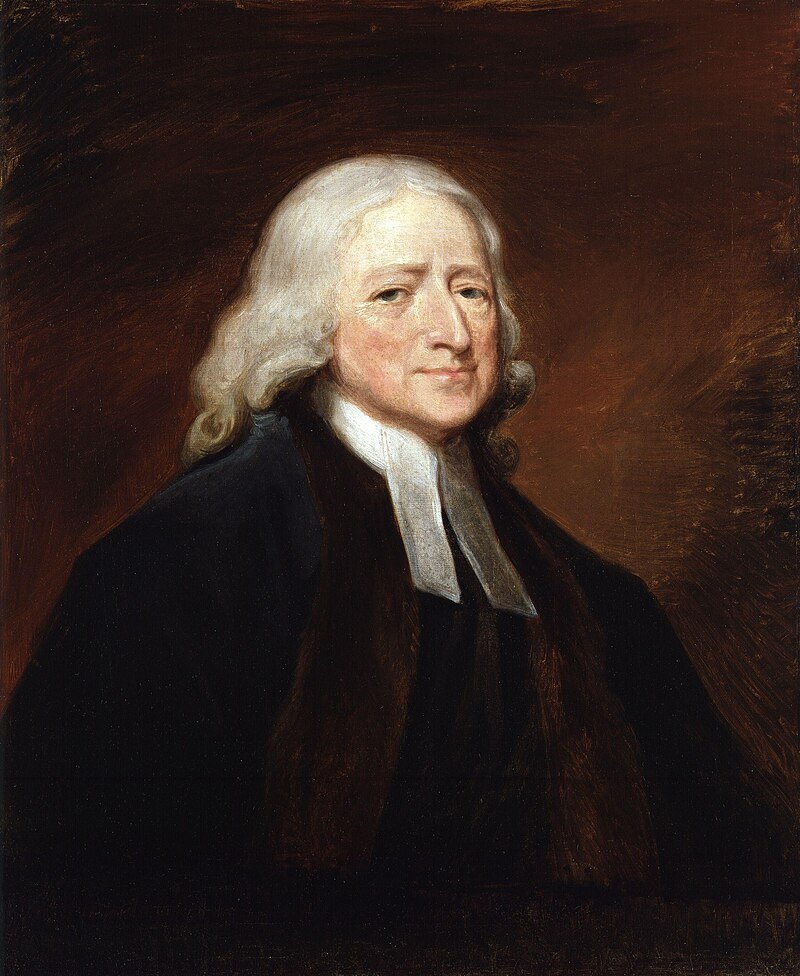Why I (sometimes) will wear the clerical collar
I grew up in the Pentecostal/Charismatic movement. I am still Charismatic, though some might disagree. I’ll save that story for another time.
I mention it now because pentecostalism is, in many ways, the “no tradition” tradition. For us, the “traditions of men” were often seen to be in opposition to a Jesus-centered life. We weren’t altogether wrong, but what we didn’t always very clearly see is that our resistance to what we saw as “tradition” is itself a tradition, complete with its own liturgy.
As I’ve grown older, my mistrust of tradition has relaxed. I’ve realized that tradition is simply a way that people say to each other and themselves, “the past has meaning for me.” Tradition is the way we remember what was important about the past so that we can hold on to it as we run ahead into the future.
And in a world running into the future at such a break-neck speed, that doesn’t seem like such a bad idea.
_____
History challenging the future
I now pastor an interdenominational church just outside of Hanover, New Hampshire. Actually, it’s two churches from two denominations with two church buildings and about 12 different church traditions represented among the membership (everything from Pentecostal to Lutheran to Catholic). That’s also a story for another time.
This year, I spent some months studying the history of these two churches, histories that date back to 1766 and 1791. It was informative and inspiring, especially reading the accounts of the revivals that took place. I did a series of seminars with the church that led to some very interesting discussions. As I studied the past, shared it with the church, and we talked together about our future, some of my own assumptions were challenged. We all have our ideas about what the future of the church will look like in the years ahead. Let me just ask you some questions I’ve had to ask myself.
What if the future of every church is not dark sanctuaries, big screens, bright lights, and a full pop/rock band leading the music?
What if the latest technology and music isn’t always “fresh” but sometimes is more like what C.S. Lewis called “chronological snobbery”?
What if looking cool and talking cool aren’t always the same thing as being authentic and relatable?
Could it be possible, even desirable, that coming to church (both for the member and the seeker) could feel like stepping into the middle of a story? A story that you are invited to not only hear about but to jump into (ever seen the Neverending Story?); a story that reminds you that others played their role long before you got there and, should Jesus tarry, a story in which others will play their role long after you are gone.
No shade or judgement intended. Just trying to ask thought-provoking questions.
__
And now, the collar
As a pastor, I’ve had to give an answer to these questions myself. I have to lead in a way that is both sensitive to my context, kingdom-minded, and consistent with the Spirit’s work in my own life. In so many different ways I feel the call to “look for the ancient paths, where the good way is, and walk in it.” (Jeremiah 6:16)
My stole given to me at my ordination.
For me that’s meant leaning more into some of the practices of my own upbringing (praying in the Spirit and walking in the gifts of the Spirit, to name a few). It’s also meant embracing new traditions.
One of those traditions is the clerical collar. Now, traditional liturgical dress in New England protestant churches has usually been some combination of a black robe, a clerical collar, and a stole. The goal was for the minister to humble and hide himself behind his role. To be fully transparent, I don’t think I could wear the robe without being extremely self-conscious. On communion Sundays, I wear the stole that was given to me at my ordination as pastor. Going forward, I will be wearing the traditional clerical collar on those Sundays as well.
The clerical collar was traditional dress for Protestant ministers, long before even Catholic priests wore it. Many of my own heroes wore the collar, including John Wesley, Jonathan Edwards, and Abraham Kuyper. The pastors in the two churches that I pastor now have worn them at different times, as well as a few of my colleagues in New England. But it’s a personal choice.
For me, to wear the clerical collar says this:
I am called by the Lord to be a minister (to serve)
The role I fill is bigger than me
I want to minister in the way Jesus talked about in Matthew 13, like a “scribe who has been trained for the kingdom of heaven… like a master of a house, who brings out of his treasure what is new and what is old.”
I’m not saying this is the thing for every minister to do. I’m not saying I’ll wear it every Sunday (though it sure would make picking out my Sunday outfit pretty easy!) I’m simply saying that this is something that I’ve given much thought, prayer, and conversation to, something that feels consistent with the work the Lord has called me to, and something that feels consistent with the work of the Holy Spirit in my life.
So, there it is. I don’t have it all figured out but, thank God, I’m still on the journey.
By the way, I found this page from a Presbyterian church down in Connecticut that I thought did a great job of explaining why their ministers wear the collar. Maybe it’s interesting to you too.




